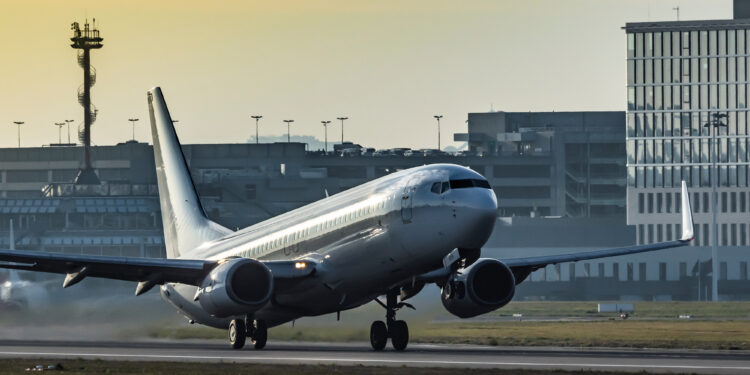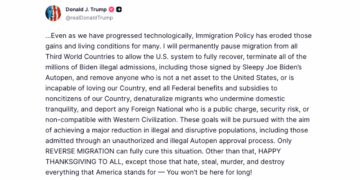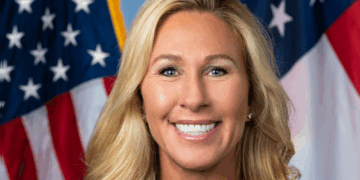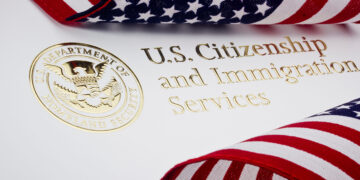Boeing will avoid criminal prosecution under a non-prosecution agreement announced by the U.S. Department of Justice on May 23rd, following fatal crashes involving its 737 Max aircraft. The agreement comes in lieu of a trial and includes a $1.1 billion fine, admission of wrongdoing, and commitments to strengthen safety and compliance programs. The crashes in 2018 and 2019 killed a combined 346 people and prompted years of legal and regulatory scrutiny.
The deal follows accusations that Boeing conspired to obstruct federal oversight during the aircraft certification process. As part of the agreement, Boeing will admit to misleading the Federal Aviation Administration (FAA) and commit to maintaining an anti-fraud compliance system. The DOJ stated in court filings that the agreement provides immediate accountability while avoiding the unpredictability of litigation.
However, victim families have strongly criticized the resolution. Attorneys for those affected by the Ethiopian Airlines and Lion Air crashes labeled the deal as insufficient and unjust. Paul Cassell, a lawyer for several families, described the non-prosecution decision as “unprecedented” and said the plaintiffs will ask the court to reject it. Others echoed this sentiment, including Robert Clifford, who called the outcome a “sweetheart deal” for a major corporation.
The crashes were linked to malfunctions in the 737 Max’s flight control systems, leading to a nearly two-year global grounding of the aircraft. Boeing had initially avoided prosecution through a deferred agreement in 2021, but a January 2024 incident involving an Alaska Airlines Max 9 jet reopened legal avenues. That incident, though non-fatal, contributed to the DOJ’s determination that Boeing had violated the earlier settlement.
Boeing’s compliance obligations include oversight by an independent monitor. In the past, disputes over how the monitor would be selected caused a federal judge to reject a previous plea deal. The final court decision on this new agreement is pending. Additional background on FAA oversight mechanisms is available via the FAA’s Safety Management System.
For insight into corporate legal accountability, the U.S. Sentencing Commission’s guidelines explain how penalties are calculated. Aviation safety protocols impacted by the crashes are detailed by the National Transportation Safety Board, which continues to issue recommendations on flight systems.










